- JST Home
- /
- Strategic Basic Research Programs
- /
 PRESTO
PRESTO- /
- project/
- Fundamental Understanding of Age-Related Organismal Transformations/
- [Aging] Year Started : 2023
[Aging] Year Started : 2023
Masashi Kanayama
Elucidation of the hematopoietic aging mechanisms by reconstructing the basis of hematopoietic research
Grant No.:JPMJPR2381
Researcher
Masashi Kanayama
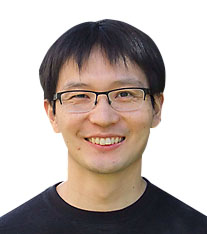
Associate Professor
Institute of Integrated Research
Institute of Science Tokyo
Outline
Understanding the aging mechanisms of hematopoiesis could contribute to extend healthy life expectancy. However, unlike at steady-state hematopoiesis, the cell differentiation pathway is not fully elucidated during hematopoietic responses against biological stresses such as aging. In addition, the current methods to identify hematopoietic progenitors are not always suitable for the analysis of stress-induced hematopoiesis. In this project, to analyze the mechanisms of hematopoietic aging, I will try to reconstruct the hematopoietic research foundation through the generation of novel method to identify hematopoietic progenitors and the discovery of novel cell differentiation pathways.
Quan Wu
Functional decline of neural stem cells due to age-related deterioration in translation regulation
Grant No.:JPMJPR2382
Researcher
Quan Wu
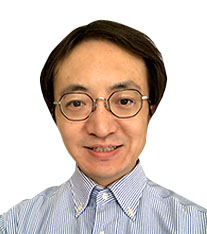
Lecture
Graduate School of Medicine
Kyoto University
Outline
Adult neural stem cells in a quiescent state are activated to produce newborn neurons upon stimulation. Disturbance of this process is believed to contribute to age-related decline in brain function, such as deterioration of memory and learning ability, but the causes and mechanisms of this decline are unknown. My research will focus on the role of translation quality control mechanisms in neural stem cell activation and differentiation. In this project, I will explore strategies to prevent neural stem cell aging by elucidating the mechanisms of age-related decline of the translation quality control system.
Akiko Koto
Regulatory mechanisms of aging by the social environment in ants
Grant No.:JPMJPR2383
Researcher
Akiko Koto

Group Leader
Cellular and Molecular Biotechnology Research Institute
The National Institute of Advanced Industrial Science and Technology
Outline
This study aims to understand the interaction and regulatory mechanisms between sociality and aging, focusing on the ” trade-off between reproduction and lifespan ” using the social insect ant as a model. I will identify the social environments that are beneficial for extending the lifespan of individuals and describe the effects of these changes on the aging process at the cellular, tissue, and individual levels. Furthermore, I aim to elucidate the molecular mechanisms by which the social environment regulates aging-related physiological and behavioral changes through multi-omics, behavioral quantification, and manipulation experiments using genome editing, gene knock down, and drug administration.
Masaki Takasugi
Proteomic-based study of aging and age-related post-transcriptional dysregulation.
Grant No.:JPMJPR2384
Researcher
Masaki Takasugi
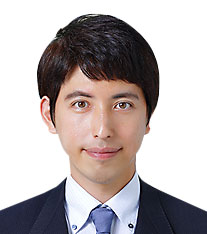
Associate Professor
Graduate School of Medicine
Osaka Metropolitan University
Outline
I will investigate the role of lysosome and ubiquitin-proteasome systems in age-related proteomic changes through multi-omics analysis of wild-type and genetically modified mice treated with or without drugs that interfere with these proteostasis mechanisms. I will also clarify how proteins that increase with age in the majority of tissues, such as ApoE and HTRA1, affects age-related extracellular matrix deposition through multi-omics analysis of wild-type and genetically modified mice treated with or without neutralizing antibodies against these proteins.
Hideki Tatsukawa
Elucidation of the molecular basis of tissue stiffness resulting from transformation of extracellular matrix by cross-linking
Grant No.:JPMJPR2385
Researcher
Hideki Tatsukawa
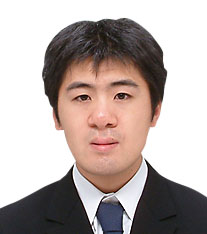
Assistant Professor
Graduate School of Pharmaceutical Sciences
Nagoya University
Outline
It is more appropriate to say that our bodies are made up of both cells and extracellular matrix (ECM), not just cells. As we age, the ECM undergoes cross-linking modification by crosslinking enzymes such as lysyl oxidase and transglutaminase, and changes in the ECM itself contribute to the exacerbation loop of various pathological conditions. This study will elucidate the molecular mechanism by which changes in the “quantity ” as well as the “quality” of ECM cause tissue stiffening (fibrosis) with inhibition of tissue repair.
Masashi Tabuchi
Sleep engineering approach to repair instability in the aging clock
Grant No.:JPMJPR2386
Researcher
Masashi Tabuchi
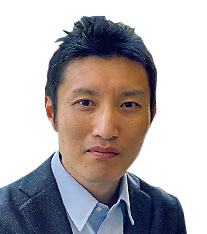
Assistant Professor
School of Medicine
Case Western Reserve University
Outline
Age-related dysregulation of neural activity is closely associated with impairments in sleep regulation and with age-related neurodegenerative diseases such as Alzheimer’s disease. However, the molecular, biophysical and computational basis of age-related neural activity dysregulation is not fully understood. This is mainly because no method has been established to precisely control this process, and therefore it has never been tested whether precise control of age-related neural activity dysregulation can repair the aging clock. In this project, I will characterize the mechanistic basis of how age-related malignant dysregulation of neural activity patterns leads to impaired sleep regulation and how controlling this process has the power to produce anti-aging effects.
Tasuku Hirayama
Cellular senescence interpreted from the alteration of iron homeostasis
Grant No.:JPMJPR2387
Researcher
Tasuku Hirayama
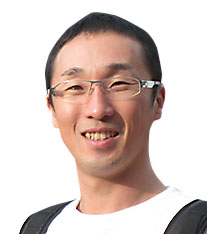
Professor
Department of Pharmacy
Gifu Pharmaceutical University
Outline
Although excess iron accumulation leads to oxidative damage and ferroptosis, senescent cells accumulate high levels of iron. It is highly likely that an alteration in iron homeostasis that avoids ferroptosis occurs during the cellular senescence process. In this research, I promote cellular senescence research from a viewpoint of iron homeostasis by establishing and utilizing new technology for detecting intracellular iron ions in cells and animals based on our recent chemical tools.
Masaki Miyazaki
Age-related change in B cell development/activation and the Regulome analysis responsible for this change.
Grant No.:JPMJPR2388
Researcher
Masaki Miyazaki
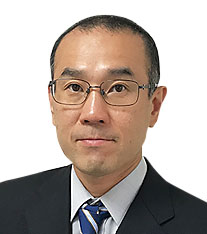
Associate Professor
Institute for Life and Medical Sciences
Kyoto University
Outline
This study aims at unveiling the molecular mechanisms of the age-related impairments of B cell differentiation in the bone marrow (1) and activation of peripheral B cell (2). Approach; (1) To address the impaired B cell development with aging, we will attempt to clarify the dynamics of core-transcription factors essential for B cell development. (2) To clarify the age-associated B cells, I will do the single-cell Multiome (scMultiome) analysis using peripheral B cell in the spleen from aged mice. Furthermore, I will elucidate the regulatory mechanism of AICDA gene expression, which regulates immunoglobulin (Ig) class switch recombination (CSR) and somatic hypermutation (SHM).
Joji Watase
Analysis of anti-aging mechanisms in germline
Grant No.:JPMJPR2389
Researcher
Joji Watase
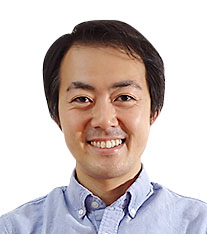
Assistant Professor
Institute of Molecular Embryology and Genetics
Kumamoto University
Outline
Germline, which produces egg and sperm is the only cell lineage that continues over multiple generations. Therefore, germline is conceptually immortal. My previous research revealed that copy number maintenance of repetitive ribosomal DNA (rDNA) —essential but the most unstable region in the genome— is critically important in germline immortality. However, the underlying mechanisms remain unknown. In this study, I will reveal the mechanisms of rDNA copy number maintenance in germline. Understanding the mechanisms will provide a fundamental insight into development of a new methodology for anti-aging in somatic lineage, contributing to extension of our healthy lifespan.
Kengo Watanabe
An exploration for the aging-accompanying state transitions of organismal molecular systems
Grant No.:JPMJPR238A
Researcher
Kengo Watanabe
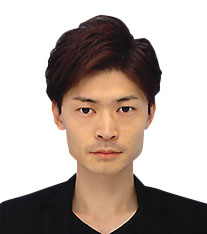
Professor
Graduate School of Biomedical Sciences
Tokushima University
Outline
Traditional medicine has primarily focused on the identification and treatment of diseases. In the context of aging, however, this principal investigator believes that the organismal systems undergo continuous state transitions even before the onset of age-related diseases; therefore, the focus should be centered toward health/wellness states rather than disease states. This research project aims to understand the aging-accompanying state transitions of organismal molecular systems through a data-driven approach, leveraging multiomics data from both humans and model organisms with multiple techniques of machine learning and systems biology. The ultimate goal is to establish a foundation of the quantitative evaluation and intervention methods for aging.













